Exercise Daily – Differential, Shortness of breath, medically known as dyspnea, is a common symptom experienced by athletes during physical exertion. While it is normal to feel breathless during intense workouts, persistent or unusual shortness of breath can be a cause for concern. When evaluating dyspnea in athletes, it is crucial to consider their exercise history, training intensity, and any recent changes in activity levels. Diagnostic tests such as pulmonary function tests, exercise stress testing, echocardiography, and imaging studies can aid in determining the cause of shortness of breath.
Shortness of breath, also known as dyspnea, is a common complaint among athletes that requires a thorough evaluation to determine the underlying cause. The differential diagnosis of dyspnea in athletes is broad and includes various conditions affecting the cardiovascular, pulmonary, and musculoskeletal systems.
Some potential causes of shortness of breath in athletes include heart failure, chronic obstructive pulmonary disease (COPD), asthma, acute respiratory distress, pneumothorax, pleural effusion, and valvular heart disease, among others. Symptoms associated with dyspnea may vary depending on the underlying condition, but athletes may experience a sense of breathlessness, chest tightness, wheezing, coughing, or fatigue during exercise.
Differential Shortness of Breath
Shortness of breath is a subjective sensation characterized by the feeling of not being able to get enough air into the lungs. It can vary in intensity and duration and may occur during physical activities or at rest. In athletes, differential shortness of breath refers to a unique set of causes that need to be considered when evaluating this symptom.
Home remedies for managing dyspnea in athletes include maintaining a healthy weight, following a balanced diet, staying hydrated, practicing proper breathing techniques, and gradually increasing exercise intensity to improve cardiovascular and pulmonary fitness.
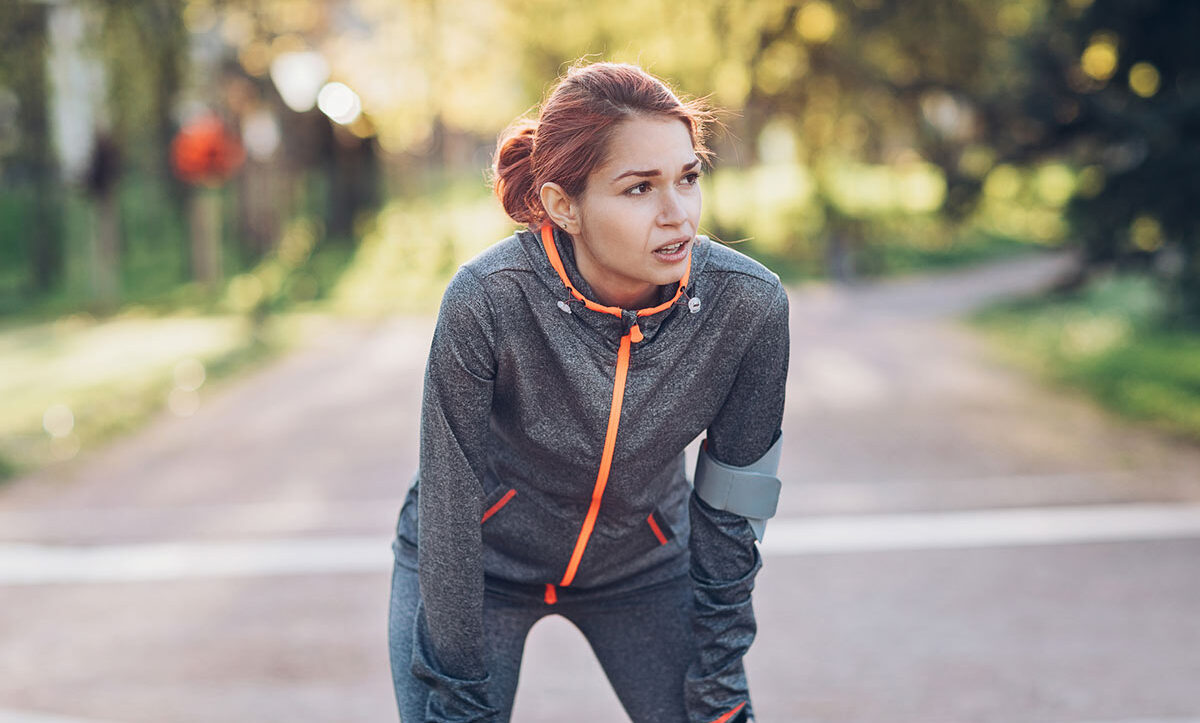
Causes of Shortness of Breath in Athletes
a. Exercise-Induced Asthma: Exercise-induced asthma is a common condition among athletes, particularly those engaged in high-intensity activities. It occurs when the airways narrow during or after exercise, leading to shortness of breath.
b. Cardiovascular Conditions: Certain heart conditions, such as arrhythmias, valve abnormalities, or congenital heart defects, can contribute to shortness of breath in athletes. These conditions may impede the heart’s ability to pump blood efficiently, leading to breathlessness.
c. Anemia: Inadequate red blood cell count or hemoglobin levels can result in reduced oxygen-carrying capacity, causing athletes to experience shortness of breath during physical exertion.
d. Pulmonary Embolism: Although rare, pulmonary embolism can occur in athletes and is a serious condition that requires immediate medical attention. It is characterized by a blood clot that blocks the pulmonary arteries, leading to sudden shortness of breath.
Symptoms of Differential Shortness of Breath
a. Exercise-Related Symptoms: Athletes experiencing differential shortness of breath may also notice symptoms such as coughing, wheezing, chest tightness, or excessive fatigue during physical activity.
b. Recurrent Episodes: If shortness of breath is recurrent, worsens over time, or does not improve with rest, it is essential to seek medical evaluation to determine the underlying cause.
c. Associated Symptoms: Depending on the cause, athletes may experience additional symptoms such as palpitations, lightheadedness, dizziness, or coughing up blood.
Diagnosing the Underlying Cause
Determining the cause of differential shortness of breath requires a comprehensive evaluation by a healthcare professional. This may involve a detailed medical history, physical examination, lung function tests, electrocardiogram (ECG), echocardiogram, blood tests, and other diagnostic procedures.
Common Conditions Leading to Shortness of Breath
a. Bronchitis and Chronic Obstructive Pulmonary Disease (COPD): These respiratory conditions can affect athletes and cause shortness of breath due to inflammation or obstruction of the airways.
b. Allergies: Allergic reactions, such as hay fever or exercise-induced allergies, can trigger shortness of breath in susceptible individuals.
c. Deconditioning: Athletes who have been inactive for a prolonged period may experience deconditioning, resulting in reduced cardiovascular fitness and subsequent shortness of breath.
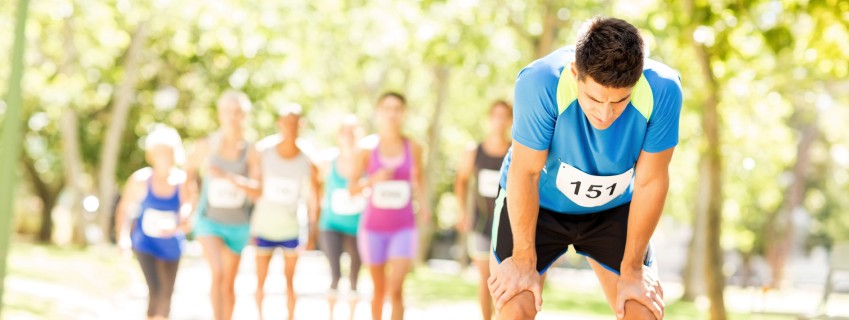
Home Remedies for Differential Shortness of Breath
Shortness of breath refers to the feeling of breathlessness or difficulty breathing. It can be accompanied by symptoms such as rapid breathing, chest tightness, and wheezing. Shortness of breath can be caused by various factors, including respiratory infections, allergies, asthma, chronic obstructive pulmonary disease (COPD), heart problems, anxiety, and physical exertion.
1. Controlled Breathing Techniques
Practicing deep breathing exercises, such as pursed-lip breathing or diaphragmatic breathing, can help improve lung function and reduce shortness of breath.
2. Maintain Adequate Hydration
Staying properly hydrated is crucial for athletes to optimize lung function and prevent dehydration-related breathing difficulties. Proper hydration is essential for maintaining respiratory health. Drinking an adequate amount of water can prevent the airways from drying out. Additionally, using a humidifier can add moisture to the air and reduce respiratory irritation.
3. Avoid Triggers
If exercise-induced asthma or allergies are the underlying cause, it is important to identify and avoid triggers that may exacerbate symptoms. Identifying and avoiding triggers that worsen shortness of breath is crucial. Common triggers include allergens, pollutants, strong odors, and tobacco smoke. Taking measures to minimize exposure to these triggers can help alleviate symptoms.
4. Maintaining a Healthy Weight
Excess weight can put strain on the respiratory system, leading to shortness of breath. Maintaining a healthy weight through regular exercise and a balanced diet can improve lung function and alleviate symptoms.
5. Managing Stress and Anxiety
Stress and anxiety can exacerbate shortness of breath. Engaging in relaxation techniques, such as meditation, yoga, or deep breathing exercises, can help reduce stress levels and improve breathing.
6. Quitting Smoking
Smoking damages the lungs and worsens respiratory symptoms. Quitting smoking is vital for improving lung health and reducing shortness of breath. Support groups, nicotine replacement therapies, and counseling can aid in the quitting process.
7. Creating a Clean and Dust-Free Environment
Maintaining a clean and dust-free living environment can significantly benefit individuals experiencing shortness of breath. Regular dusting, vacuuming, and using allergen-proof covers for bedding and pillows can reduce exposure to allergens and improve respiratory health.
8. Dietary Considerations for Better Breathing
Certain dietary choices can support respiratory health. Including foods rich in antioxidants, omega-3 fatty acids, and vitamin C can help reduce inflammation and improve lung function. Some examples include berries, fatty fish, nuts, and citrus fruits.
9. Using Essential Oils for Respiratory Support
Essential oils with respiratory benefits, such as eucalyptus, peppermint, and lavender, can be used in aromatherapy or steam inhalation. These oils have properties that can help open up airways and ease breathing.
10. Seeking Medical Attention for Persistent Shortness of Breath
If shortness of breath persists or worsens despite home remedies, it is crucial to seek medical attention. A healthcare professional can evaluate the condition, perform necessary tests, and prescribe appropriate treatments or therapies.

Seeking Medical Evaluation
While home remedies can provide relief for mild cases, it is essential to consult a healthcare professional for a proper diagnosis and treatment plan. Prompt medical evaluation is particularly important if athletes experience severe shortness of breath, chest pain, rapid heartbeat, or other concerning symptoms.
When athletes experience shortness of breath, also known as dyspnea, it is essential to seek medical evaluation to determine the underlying cause and ensure appropriate management. The causes of dyspnea in athletes can vary, and a comprehensive diagnostic evaluation is necessary to make an accurate diagnosis and provide timely treatment.
Differential diagnosis of acute dyspnea in athletes may include conditions such as interstitial lung disease, acute pulmonary embolism, acute respiratory failure, myocardial infarction, exacerbation of chronic conditions, upper airway obstruction, and many others. Common symptoms accompanying dyspnea include breathing discomfort, chest pain, and pleuritic symptoms.
Seeking medical evaluation, particularly in an emergency department setting, is crucial for athletes with dyspnea. The evaluation may involve a thorough history and physical examination, electrocardiography (ECG), diagnostic testing such as imaging studies and noninvasive procedures like ultrasonography, and consideration of the patient’s past medical history. Prompt diagnosis and treatment are vital, as dyspnea can be a sign of potentially life-threatening conditions such as acute heart failure, cardiogenic shock, or pulmonary embolism.
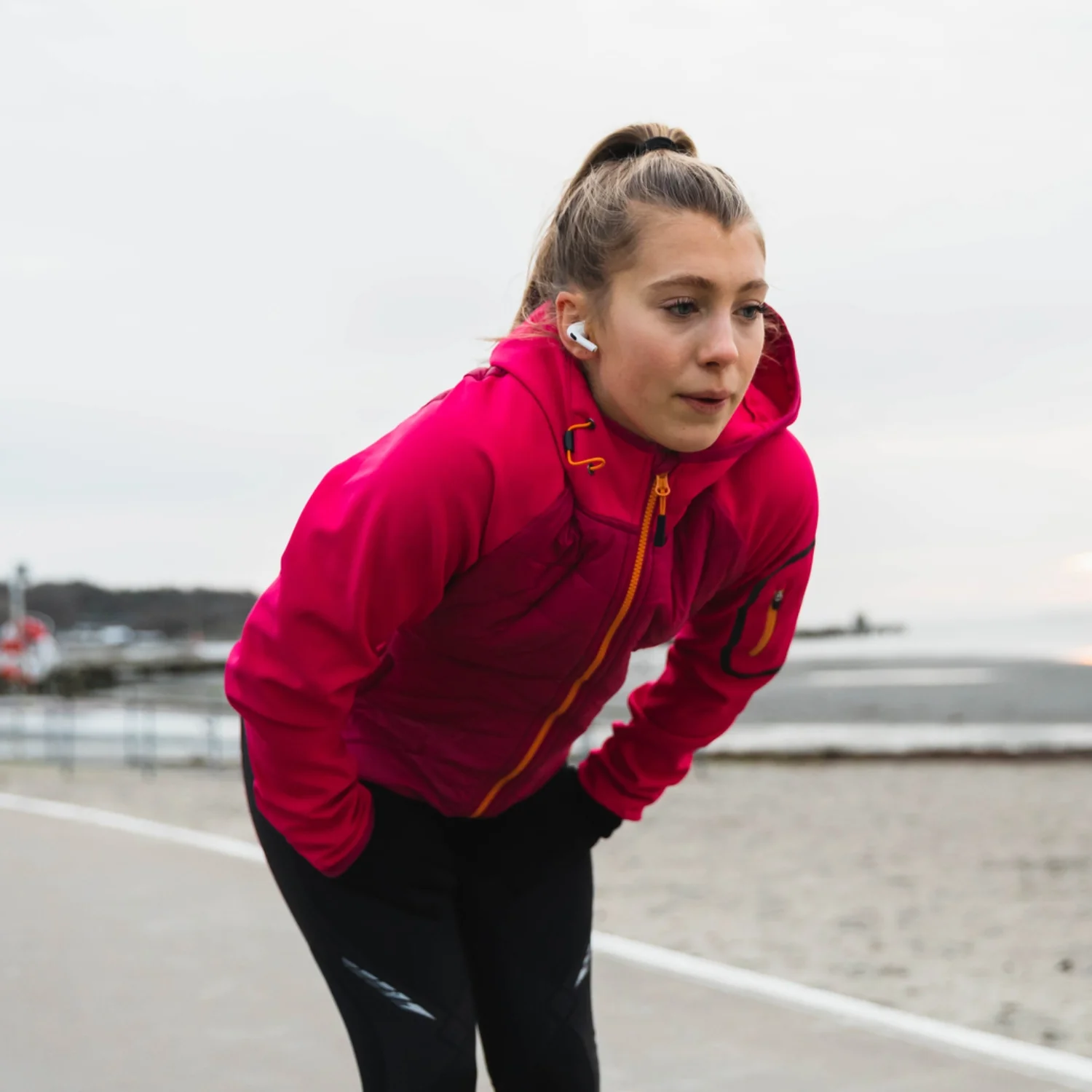
Best Exercise for Shortness of Breath Patient
Shortness of breath, medically known as dyspnea, is a common symptom experienced by individuals with various respiratory conditions, such as chronic obstructive pulmonary disease (COPD), asthma, or heart failure. It can also occur due to other factors like obesity or deconditioning. Shortness of breath often leads to reduced physical activity and fitness levels, creating a vicious cycle that further exacerbates the condition.
1. Warm-up and Cool-down Techniques
Before starting any exercise session, warming up is essential to prepare the body for physical activity. Gentle stretching, light aerobic exercises, and deep breathing exercises can help warm up the muscles and improve flexibility. Similarly, cooling down after exercise is crucial to gradually bring the heart rate and breathing back to a resting state. It is recommended to perform static stretches and breathing exercises during the cool-down period.
2. Breathing Techniques during Exercise
Incorporating proper breathing techniques during exercise is vital for shortness of breath patients. Techniques such as pursed lip breathing and diaphragmatic breathing can help control breathing patterns, increase oxygen intake, and reduce the feeling of breathlessness. It is essential to practice these techniques regularly to improve their effectiveness during physical activity.
3. Low-Impact Exercises for Shortness of Breath
Low-impact exercises are gentle on the joints and can be ideal for individuals with shortness of breath. Walking, swimming, cycling, and using an elliptical machine are excellent choices as they provide a cardiovascular workout without placing excessive stress on the body. These exercises improve endurance, promote circulation, and gradually increase lung capacity.
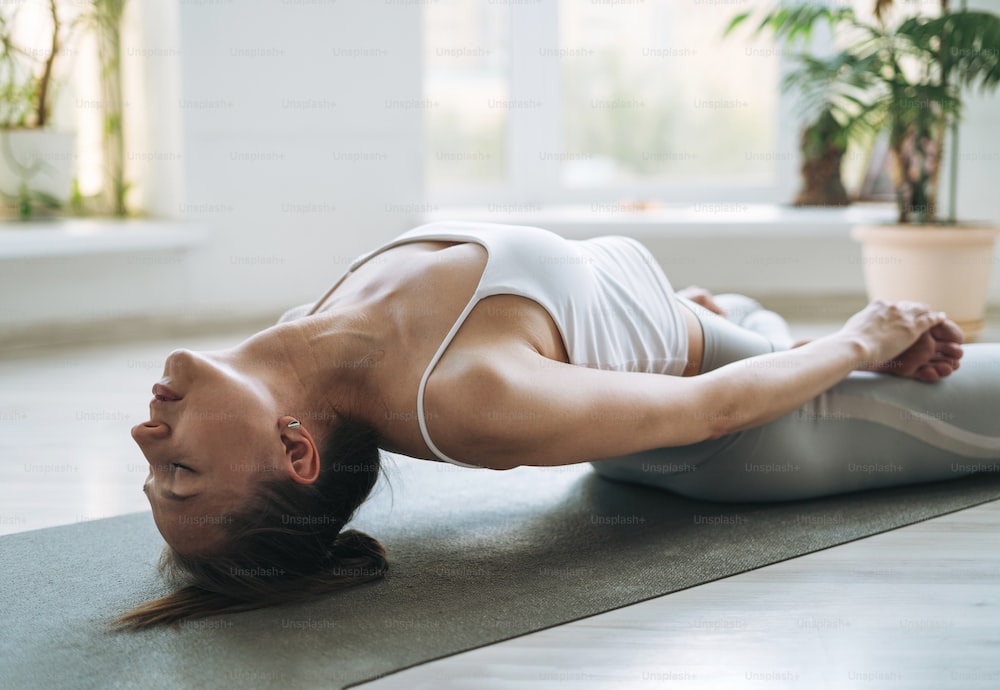
4. Strength Training for Improved Breathing
Engaging in strength training exercises helps strengthen the muscles involved in breathing, including the diaphragm, intercostal muscles, and accessory breathing muscles. Resistance exercises using weights, resistance bands, or bodyweight can be incorporated into the routine. Gradually increasing resistance and repetitions will enhance breathing efficiency and overall respiratory function.
5. Cardiovascular Exercises to Enhance Lung Function
Cardiovascular exercises, also known as aerobic exercises, are highly beneficial for shortness of breath patients. Brisk walking, jogging, cycling, swimming, or using a treadmill can be included in the routine. These exercises improve lung capacity, promote oxygenation, and enhance cardiovascular fitness. Starting with short durations and gradually increasing intensity and duration is advisable.
6. Flexibility Exercises for Breathing Support
Flexibility exercises help improve posture, reduce muscle tension, and increase overall comfort while breathing. Yoga, Pilates, and gentle stretching exercises can enhance flexibility, strengthen core muscles, and promote relaxation. These exercises also incorporate deep breathing techniques, fostering a mind-body connection that aids in managing breathlessness.

Best Yoga for Shortness of Breath Patients
Living with shortness of breath can be challenging, affecting various aspects of one’s daily life. Yoga offers a natural and accessible approach to managing this condition. By incorporating regular yoga practice into their routine, shortness of breath patients can experience improved lung function, enhanced respiratory endurance, reduced stress levels, and increased relaxation. Additionally, yoga helps to strengthen the respiratory muscles and encourages mindful breathing techniques, leading to a more efficient and controlled breathing pattern.
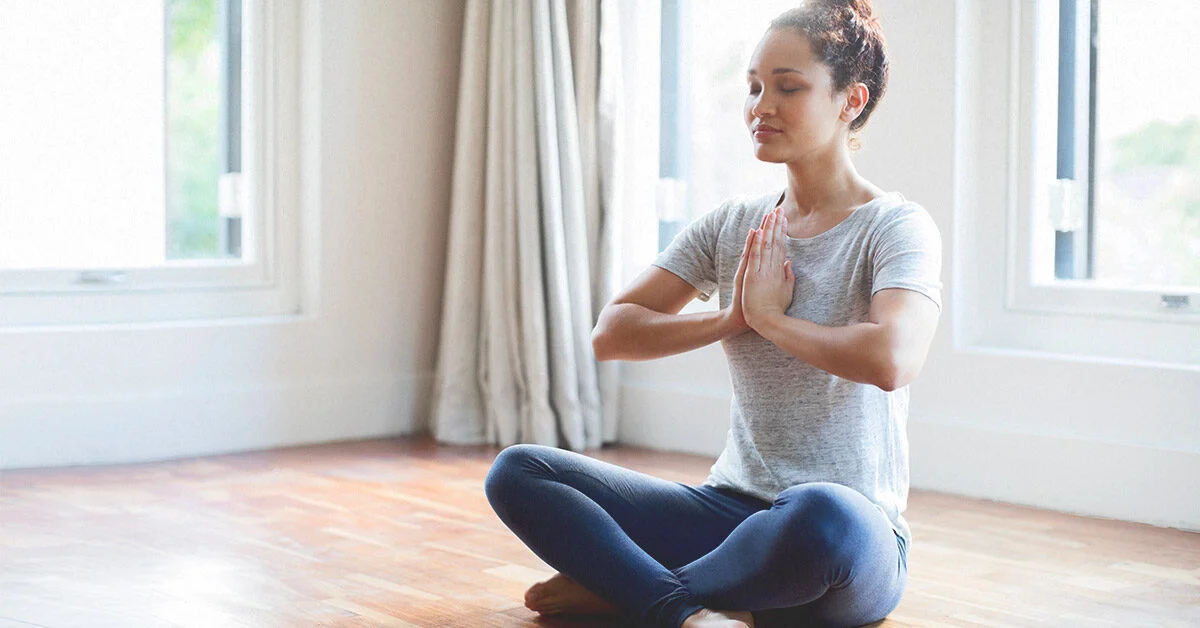
1. Mountain Pose (Tadasana)
Mountain Pose is a foundational posture in yoga that focuses on proper alignment and grounding. It promotes awareness of breath and encourages deep, diaphragmatic breathing. To practice Mountain Pose:
- Stand with your feet hip-width apart.
- Ground your feet firmly into the floor.
- Lengthen your spine and relax your shoulders.
- Take slow, deep breaths, expanding your chest and abdomen.
- Hold the pose for 5-10 breaths.
2. Deep Breathing (Pranayama)
Deep breathing exercises, also known as Pranayama, are essential for increasing lung capacity and calming the mind. One effective technique is:
- Sit comfortably in a cross-legged position.
- Close your eyes and relax your body.
- Inhale deeply through your nose, expanding your belly.
- Exhale slowly through your mouth, emptying your lungs completely.
- Repeat this cycle for several minutes, focusing on long, steady breaths.
3. Bridge Pose (Setu Bandhasana)
Bridge Pose helps to open the chest, expand the lungs, and improve overall lung capacity. It also stretches the spine and strengthens the legs and buttocks. To practice Bridge Pose:
- Lie on your back with your knees bent and feet hip-width apart.
- Place your arms alongside your body, palms facing down.
- Inhale, press your feet into the ground, and lift your hips upward.
- Hold the pose for 5-10 breaths, actively engaging your thighs and glutes.
- Exhale, slowly lower your hips back down to the mat.
4. Camel Pose (Ustrasana)
Camel Pose is an excellent yoga posture for expanding the chest and improving lung capacity. It also helps to relieve tension in the neck and shoulders. To practice Camel Pose:
- Kneel on the mat with your knees hip-width apart.
- Place your hands on your lower back, fingers pointing downward.
- Inhale, lift your chest, and arch your back, keeping your hips aligned.
- Slowly reach your hands toward your heels, keeping your neck relaxed.
- Hold the pose for 5-10 breaths, breathing deeply and steadily.
- Exhale, release your hands from your heels, and return to the starting position.
5. Cat-Cow Pose (Marjaryasana-Bitilasana)
Cat-Cow Pose combines two movements to enhance breath control and spinal flexibility. It opens up the chest, improves posture, and helps regulate breathing. To practice Cat-Cow Pose:
- Begin on all fours with your hands directly under your shoulders and knees under your hips.
- Inhale, arch your back, lift your tailbone, and gaze upward (Cow Pose).
- Exhale, round your spine, tuck your tailbone, and bring your chin to your chest (Cat Pose).
- Continue this flowing movement for several breaths, syncing your breath with the motion.
6. Fish Pose (Matsyasana)
Fish Pose stretches the chest muscles, expands the ribcage, and increases lung capacity. It also stimulates the thyroid gland and counteracts the effects of slouching. To practice Fish Pose:
- Lie on your back with your legs extended and arms by your sides.
- Slide your hands under your buttocks, palms facing down.
- Pressing your forearms and elbows into the ground, lift your chest upward.
- Allow your head to gently rest on the mat, maintaining a slight backward arch.
- Breathe deeply and hold the pose for 5-10 breaths.
- To release, slowly lower your chest and lift your head, sliding your hands out from under your buttocks.
7. Child’s Pose (Balasana)
Child’s Pose is a restorative posture that promotes relaxation and encourages deep breathing. It also gently stretches the back and shoulders. To practice Child’s Pose:
- Kneel on the mat with your knees wide apart and big toes touching.
- Sit back on your heels and slowly lower your torso forward.
- Extend your arms in front of you or alongside your body.
- Rest your forehead on the mat and relax your entire body.
- Breathe deeply into your back, allowing it to expand with each inhale.
- Hold the pose for as long as comfortable.
8. Corpse Pose (Savasana)
Corpse Pose is a vital component of every yoga practice, allowing the body and mind to relax completely. It promotes deep rest and rejuvenation, helping to reduce stress and anxiety. To practice Corpse Pose:
- Lie flat on your back with your legs extended and arms relaxed at your sides.
- Close your eyes and bring your attention to your breath.
- Allow your entire body to soften and sink into the mat.
- Breathe naturally, focusing on the rise and fall of your abdomen.
- Remain in this pose for 5-10 minutes, absorbing the benefits of relaxation.
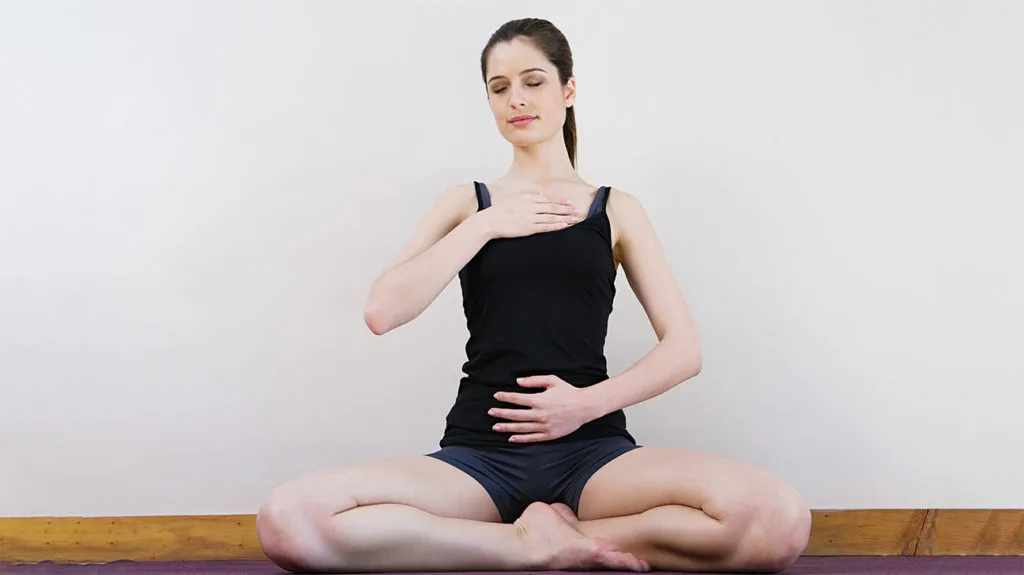
Diet and Nutrition Plan for Breath Shortness Patients
Diet and nutrition play a vital role in maintaining overall health, including respiratory health. A well-balanced and nutrient-rich diet can support lung function, reduce inflammation, and enhance the body’s natural defense mechanisms. For individuals with breath shortness, certain nutrients can have specific benefits in managing symptoms and promoting respiratory well-being.
Key Nutrients for Respiratory Health
1. Antioxidants
Antioxidants are powerful compounds that help protect the body against damage caused by harmful molecules called free radicals. They have anti-inflammatory properties and can reduce oxidative stress in the lungs. Foods rich in antioxidants include berries, leafy greens, citrus fruits, bell peppers, and green tea.
2. Omega-3 Fatty Acids
Omega-3 fatty acids are essential fats that have been shown to reduce inflammation and support lung function. Fatty fish like salmon, mackerel, and sardines are excellent sources of omega-3 fatty acids. Vegetarian options include flaxseeds, chia seeds, and walnuts.
3. Vitamin D
Vitamin D plays a crucial role in the immune system and respiratory health. It helps regulate inflammation and supports lung function. Natural sources of vitamin D include sunlight, fatty fish, fortified dairy products, and egg yolks.
4. Magnesium
Magnesium is a mineral that contributes to muscle relaxation and can help ease breathlessness. It is found in foods such as leafy greens, nuts, seeds, whole grains, and legumes.

Foods to Include in the Diet
1. Colorful Fruits and Vegetables
Aim to include a variety of colorful fruits and vegetables in your diet. These foods are rich in antioxidants, vitamins, and minerals that can help support respiratory health. Examples include berries, oranges, spinach, broccoli, kale, and carrots.
2. Fatty Fish
Fatty fish, such as salmon, mackerel, and sardines, are excellent sources of omega-3 fatty acids. Regular consumption of these fish can help reduce inflammation and support lung function.
3. Nuts and Seeds
Nuts and seeds, such as almonds, walnuts, flaxseeds, and chia seeds, provide a good source of healthy fats, including omega-3 fatty acids. They can be included as snacks or added to salads, smoothies, or yogurt.
4. Whole Grains
Whole grains, such as quinoa, brown rice, oats, and whole wheat, are rich in fiber and provide sustained energy. They can be incorporated into meals and snacks to provide essential nutrients and support overall health.
5. Legumes
Legumes, including beans, lentils, and chickpeas, are excellent sources of plant-based protein, fiber, and various minerals. They can be included in soups, stews, salads, or used as a meat substitute in various recipes.
6. Healthy Fats
Include healthy fats in your diet, such as avocado, olive oil, and nuts. These fats provide essential nutrients and can help reduce inflammation in the body.
Foods to Avoid or Limit
1. Processed Foods and Trans Fats
Processed foods and those high in trans fats should be avoided or limited. These include fried foods, fast food, packaged snacks, and baked goods. They can contribute to inflammation and may negatively impact respiratory health.
2. Sodium-Rich Foods
Excessive intake of sodium can lead to fluid retention and worsen breath shortness. Limit your consumption of processed foods, canned soups, salty snacks, and condiments high in sodium.
3. Excessive Caffeine and Alcohol
Caffeine and alcohol can have a dehydrating effect and may exacerbate breath shortness. Limit your intake of caffeinated beverages and alcoholic drinks, opting for water, herbal teas, or other hydrating alternatives instead.

Hydration and its Impact on Breath Shortness
Proper hydration is essential for respiratory health. It helps keep mucus thin and promotes the effective clearance of respiratory secretions. Aim to drink an adequate amount of water throughout the day and include hydrating foods such as soups, fruits, and vegetables in your diet.
Meal Planning Tips for Breath Shortness Patients
- Eat smaller, frequent meals to avoid feeling overly full and experiencing breathlessness.
- Include a variety of nutrient-dense foods in your meals to ensure a well-rounded diet.
- Opt for cooking methods such as steaming, baking, or grilling instead of deep-frying.
- Chew food thoroughly and eat slowly to aid digestion and prevent discomfort.
- Consider working with a registered dietitian to develop a personalized meal plan based on your specific needs and preferences.
What is the most common cause of shortness of breath?
The most common cause of shortness of breath can vary depending on various factors, but upper airway obstruction is frequently associated with this symptom. Schwartzstein et al. (2016) noted that exacerbation of chronic conditions, such as stenosis or hypertrophic conditions, can contribute to dyspnea.
Pleuritic symptoms are also common symptoms related to dyspnea. Parshall et al. (2012) highlighted that causes of dyspnea can include cardiac and pulmonary issues, which should be considered in light of the patient’s past medical history. Berliner and Adams (2019) emphasized the importance of diagnostic testing to identify conditions such as acute heart failure and cardiogenic shock.
Additionally, pulmonary causes and airway obstruction should be considered in the evaluation process. Guidelines for the management of dyspnea, including those provided by the American College of Chest Physicians and UpToDate, offer recommendations on diagnosing and treating conditions like community-acquired pneumonia and acute heart failure.
A thorough history and physical examination, as well as noninvasive diagnostic tools like ultrasonography, can help assess pathophysiology and identify potential causes, such as decompensated heart failure. Although upper airway obstruction is commonly associated with shortness of breath, a comprehensive evaluation is necessary to determine the specific cause in each individual case.
Conclusion
Differential shortness of breath in athletes can stem from various causes, ranging from exercise-induced asthma to cardiovascular conditions or anemia. Recognizing the symptoms and understanding the underlying factors is crucial for appropriate management. By seeking medical evaluation and following personalized treatment plans, athletes can regain optimal respiratory function and continue pursuing their athletic endeavors with confidence.
FAQs – Differential Diagnosis Shortness of Breath in Athletes – Acute Dyspnea
Is shortness of breath during exercise normal for athletes?
It is common for athletes to feel breathless during intense workouts. However, persistent or unusual shortness of breath should be evaluated by a healthcare professional.
Can exercise-induced asthma be managed without medication?
In some cases, mild exercise-induced asthma can be managed through controlled breathing techniques and avoiding triggers. However, consultation with a healthcare professional is recommended for personalized treatment.
How can dehydration contribute to shortness of breath?
Dehydration can lead to decreased blood volume, impairing the oxygen-carrying capacity. This can result in shortness of breath and reduced exercise performance.
When should I seek medical evaluation for shortness of breath as an athlete?
It is advisable to seek medical evaluation if shortness of breath is severe, worsens over time, does not improve with rest, or is accompanied by concerning symptoms such as chest pain or rapid heartbeat.
Where can I find further resources on managing respiratory conditions in athletes?
For more information and personalized guidance, it is best to consult a healthcare professional specializing in sports medicine or respiratory conditions.






